Understanding Camera Filters
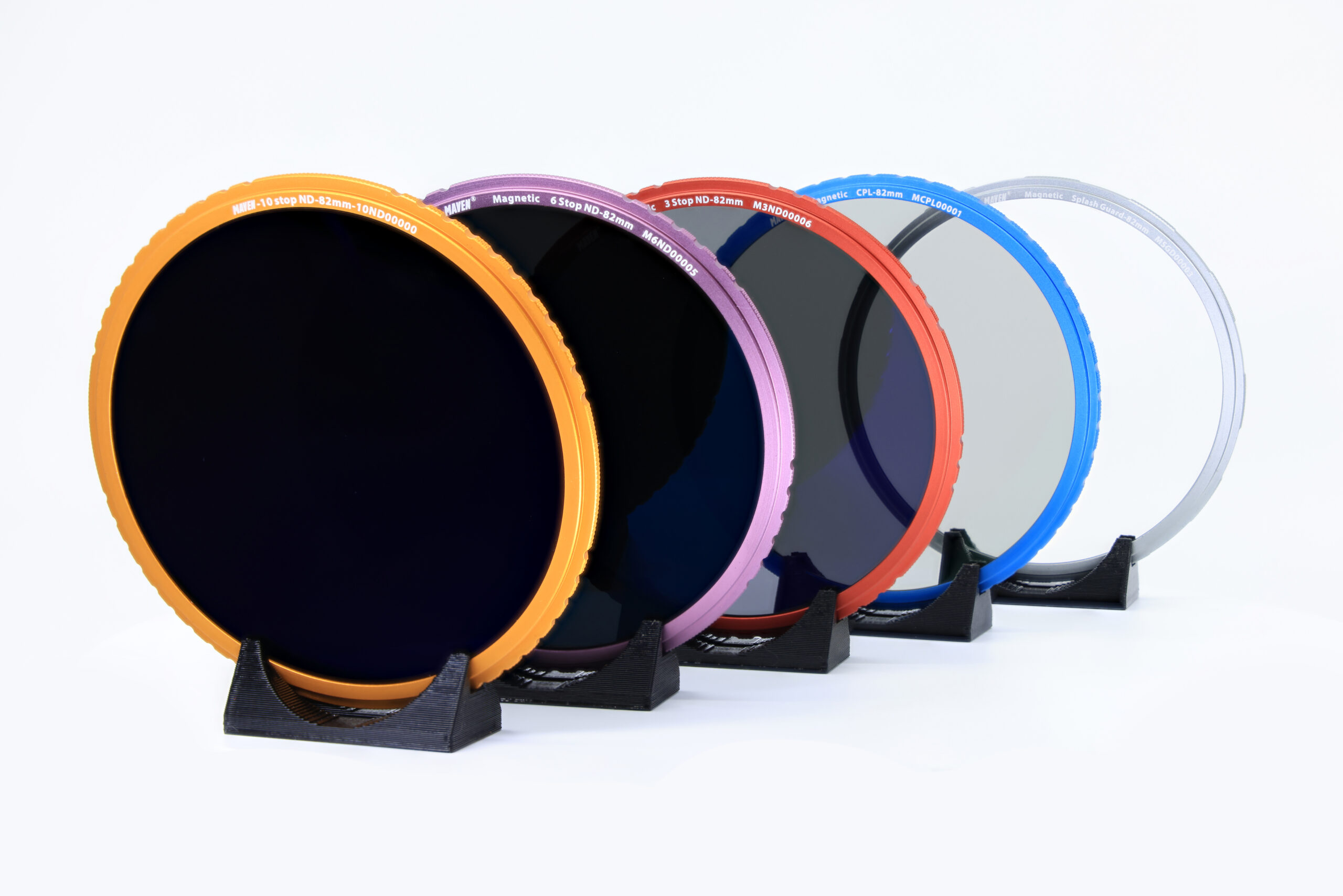
Lens Filters are a photography tool that can enhance your photos in real-time and reduce post production. There are many types of lens filters that range from polarizers, neutral density, variables, splash guards, special effects and even focusing tools. By the end of this article, you will be familiar with the common types of photography filters, when they are needed and how they are used. Our hope is to give you a better understanding of these tools and how they can improve your photos.
Unveiling Polarizing Filters
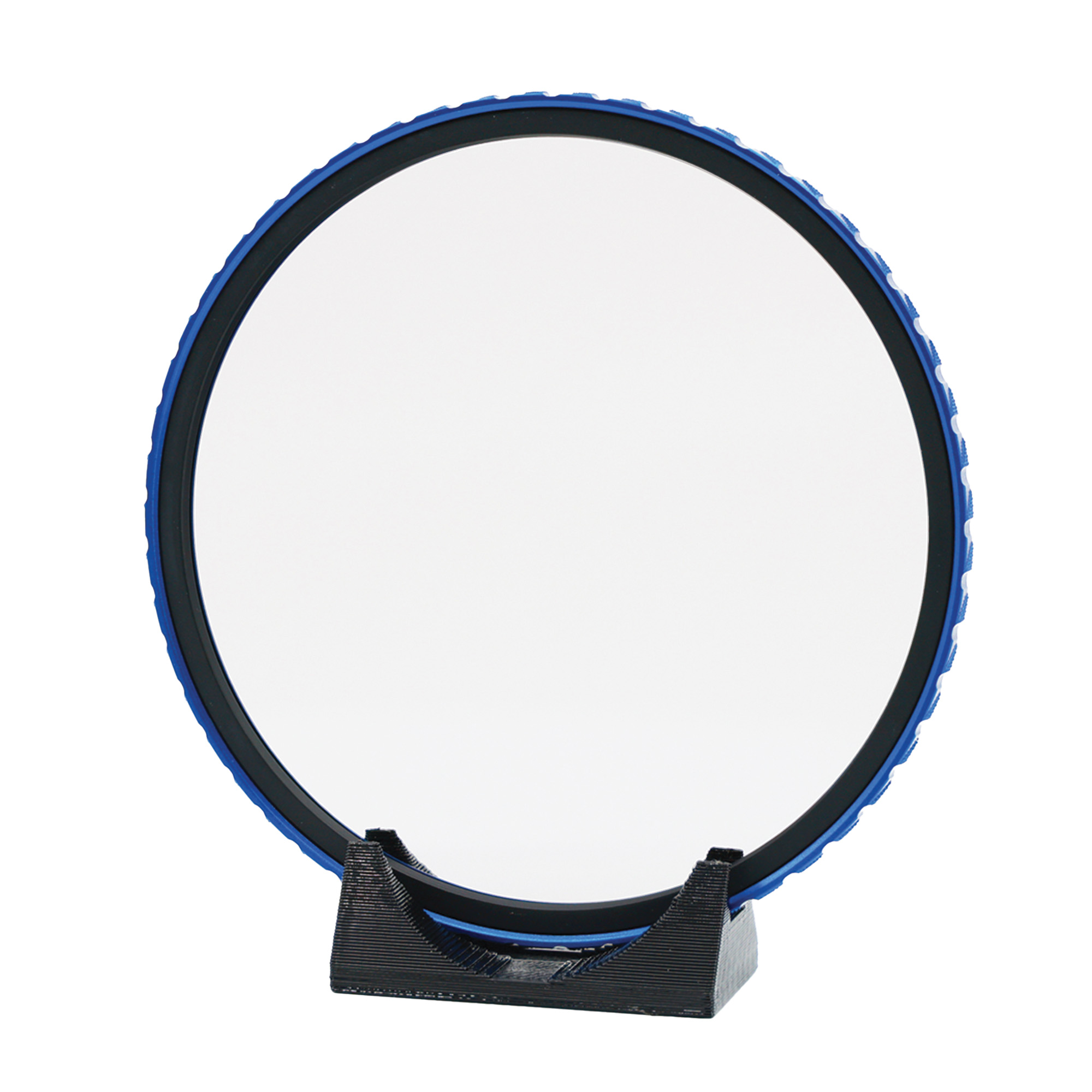
Polarizing Filters enhance saturation, contrast, and reduce reflections which overall enriches the colors in your landscape photographs. However, polarizing filters are also useful in portrait photography. Because the filter reduces harsh light, polarizers can give skin a soft finish. With reducing harsh light, clarity and depth are brought into your images and ensure every detail stands out with exceptional vibrancy. This is why polarizers are a staple tool for photographers. Simply attach the filter, and rotate it until you reach the desired amount of polarization. There are two types of polarizing filters, circular and linear.
Linear Polarizers vs Circular Polarizers:
A Linear Polarizer changes light differently than a Circular Polarizer. Linear & Circular polarizers start as linear polarizers. The difference between the two is that CPLs also have something called a quarter wave plate which allows light to be transmitted in a helical shape, instead of a linearly oriented wave. It is the shape of these waves that make CPLs best for DSLRs as older cameras use a mirror box which light bounces off of and can be easily confused when light is linearly oriented. LPLs can be used without this issue on mirrorless cameras. Linear Polarizers have better film color while most Circular Polarizers have some color shift.
While Polarizing Filters enhance colors and reduce unwanted glare, Neutral Density Filters block out light coming into the camera lens.
Exploring Neutral Density Filters
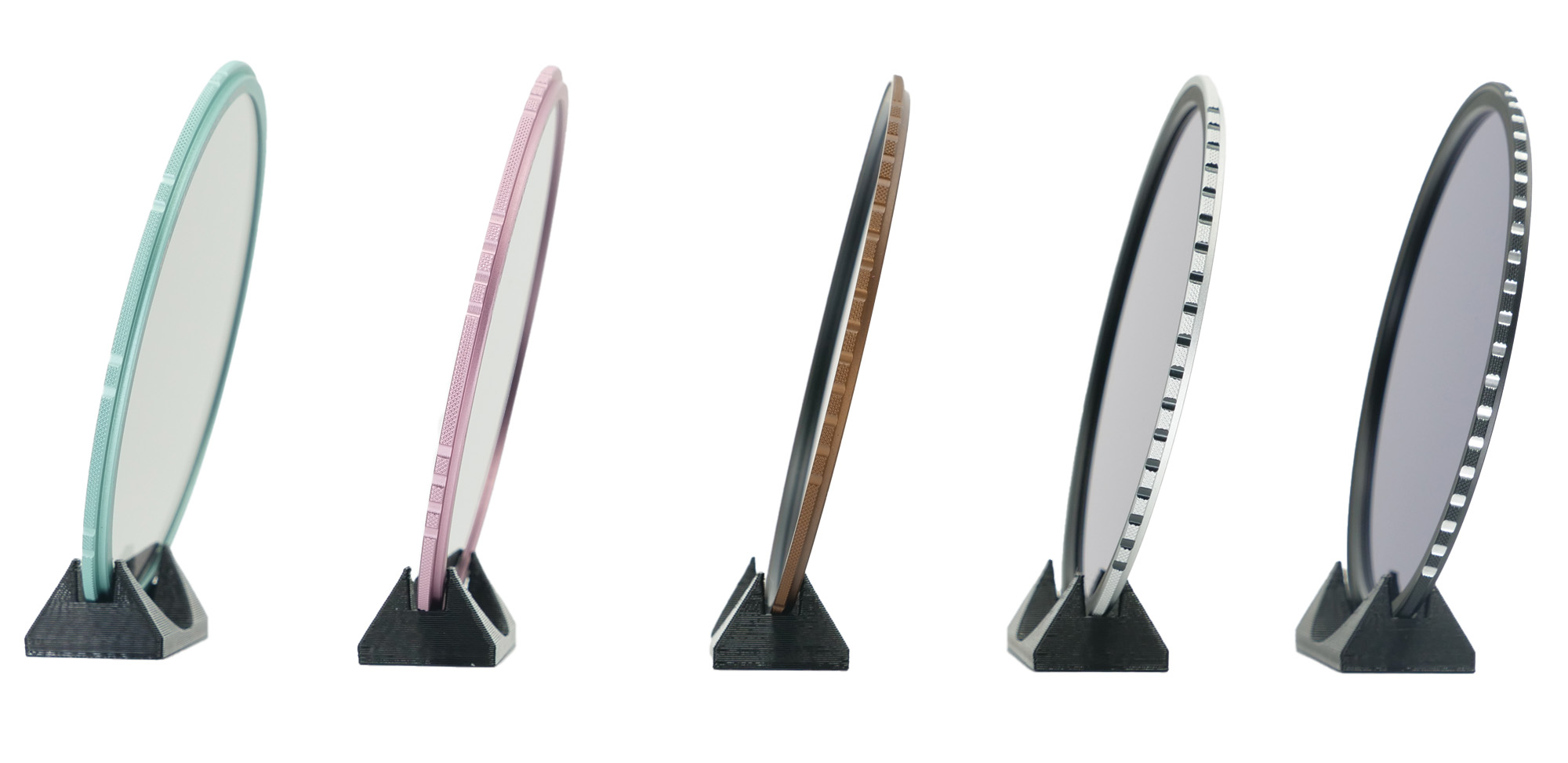
There is a wide array of ND or neutral density filters that reduce the amount of light coming into the lens. Neutral Density Filters can range from 2 stops of light to 20 stops of light. This offers precise light reduction for optimal exposure control. There are many uses that you can get with using ND Filters. They allow you to use a wider aperture in bright condition and long exposures to blur motion. Many videographers have fixed ISO settings and limited shutter-speed options. ND Filters give you precise control over your imagery and specialized filtration for stunning colors.
Ultra ND Filters:
Ultra ND Filters are crafted so they can be used in very bright light for longer daytime exposures. These filters can turn turbulent seas into misty water or cloud movement into smooth, ethereal streaks across the sky. Extended exposure times can add a cinematic, flowing motion to daytime time-lapse sequences. In bright conditions, the ND filter allows you to open your aperture wide without overexposing, isolating your subject against a pleasing, out-of-focus background. Especially in urban and architectural photography, long exposures can make transient elements like pedestrians or moving vehicles vanish from the frame, emphasizing the static elements.
Variable ND Filters:
A Variable ND Filter (or VND) has a range that reduces the amount of light and is comprised of 2 polarizers stacked on top of each other. Michael does not like to call them “VNDs” because the N stands for Neutral, and no polarizer can be completely color neutral, rather he prefers to call them “Variables”. You can create a variety of variable systems with Maven Filters when you stack a Linear Polarizer in front of any other Maven CPL filter for an extra 1.3 to 5 stops of light. This includes our Dark CPL line up, the original MAVEN CPL or even another MAVEN LPL.
Graduated ND Filters:
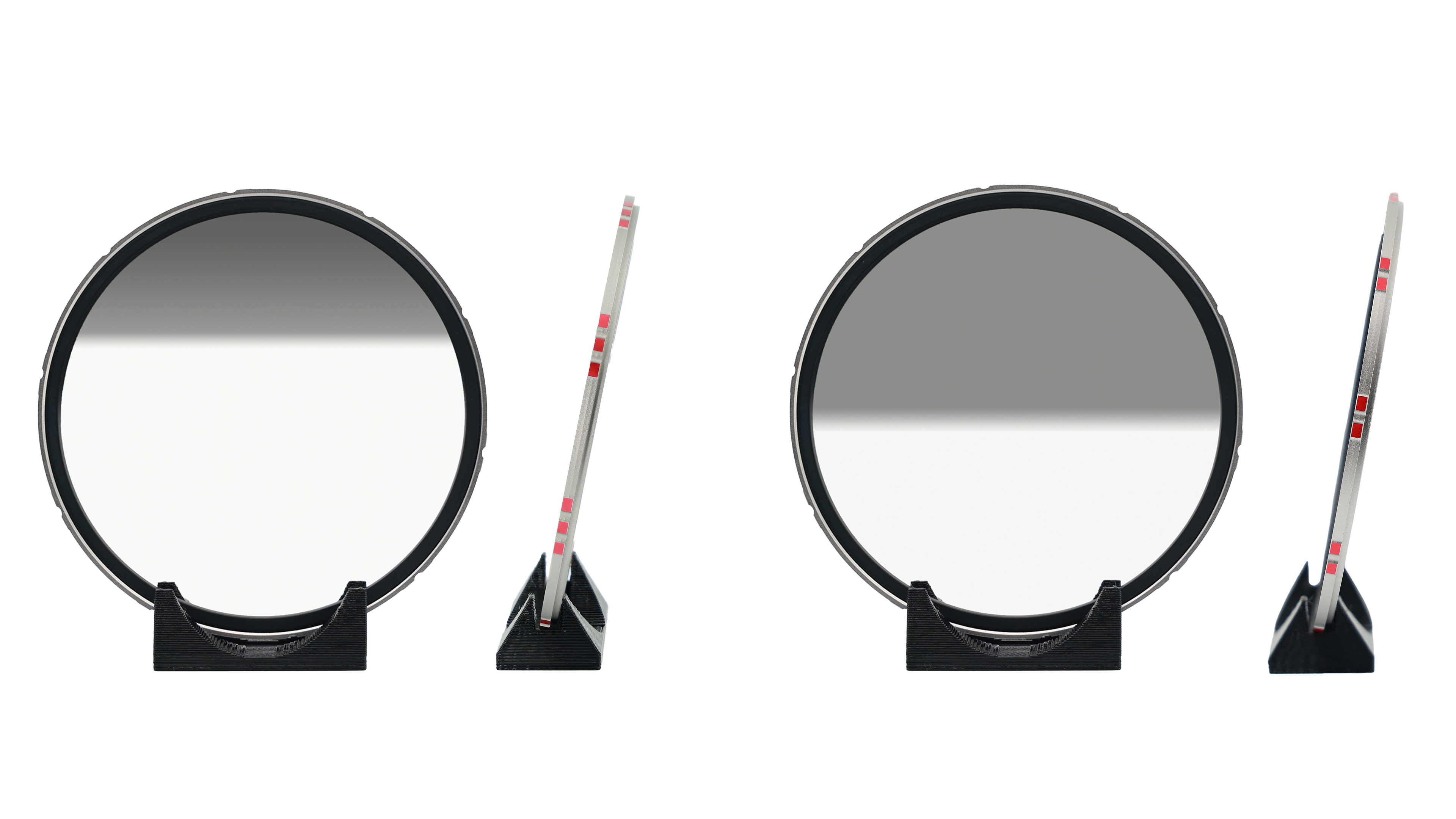
Graduated ND Filters work by darkening the sky to balance it with a darker foreground. ND Grad Filters revolutionize the way you capture stunning landscapes and challenging lighting conditions. By using Graduated ND filters, you can capture it in camera and minimize the amount of editing time in front of your computer by avoiding the need to stack images.
Splash (UV) Guard Filter
A Splash UV Guard ensures the front of your lens, including its coatings remains safe from dust, dirt, grime, salt-water and the like. Ideal for harsh conditions, this filter has protective properties of a splash (UV) guard to get ultimate protection for your lens in dirty, dusty, or harsh weather conditions.
For an Adapter and Splash UV Guard all in one, check out this Maven Adapter Lens Protector. For more lens adaptation, a Splash Guard and Step Up Ring have been combined to make a Lens Protection Step-Up Ring. Lenses of various sizes will need Adapter Rings.
The Maven Magnetic Filter Set
If you are not sure where to start, we suggest to Grab a Maven Magnetic Filter set that includes 3 Neutral Density Filters (in 3, 6 and 10 stops), our classic Magnetic Circular Polarizer, and a Splash UV Guard. The set also comes with a magnetic adapter ring that threads onto your lens and a magnetic front cap. For a fraction of the cost, check out Maven Threaded Neutral Density Filters.
But wait, there’s more! You can get a Maven Smartphone Filter Set that includes bundle options that come with a 52mm Smartphone Adapter, 52mm-58mm Step-Up-Ring, 58mm CPL Phone Filter, and a 58mm 3ND Phone Filter.
What are Dark Circular Polarizers?
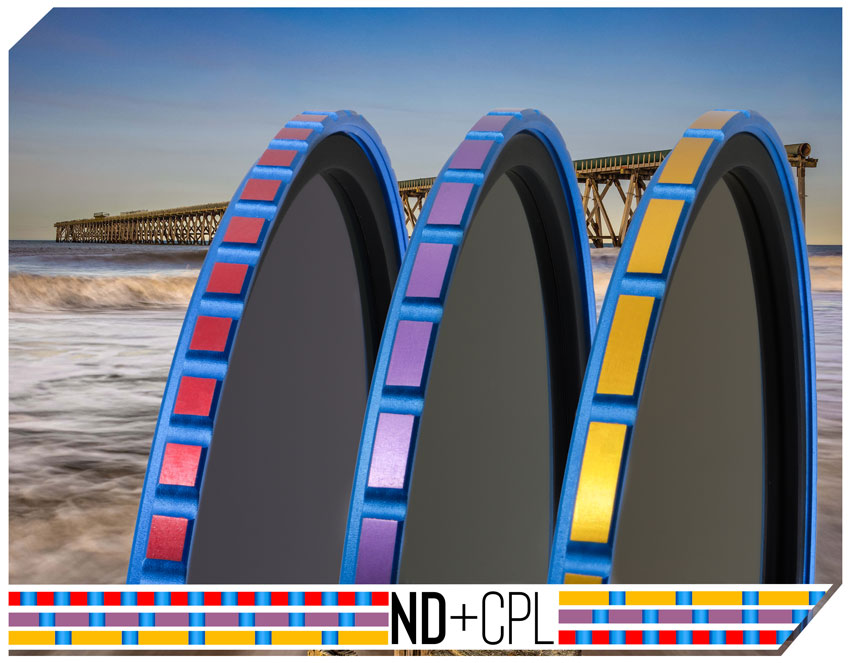
Maven Filters has introduced a filter that combines an ND Filter and CPL, creating a Dark CPL ND Filter unit. If you are interested in learning more about it, read more on Dark Circular Polarizers here!
Specialty Filters
Learn more about Specialty Filters that give you the ability to expand your creativity and capture special effects! Improve your Astrophotography with a Night Filter and a Focus on Star Filter. Start photographing something new with Infrared Filters!
Special Note on Maven Filters
Maven Filters are made with AGC Japanese optical glass, 16 layers of MRC coatings, and hydrophobic nano resistance. Maven Polarizers and Neutral Density Filters are magnetic and color neutral. The design has distinct grooves on the aluminum ring and are color-coded for easy identification and efficiency. The magnetic and color-neutral properties, coupled with intuitive design elements such as distinct grooves and color-coded rings, ensure seamless integration and effortless usability for photographers of all levels.
By understanding the nuances of various camera filters and leveraging their capabilities, photographers can elevate their craft, unlock new creative horizons, and capture awe-inspiring moments with unmatched precision and clarity.














